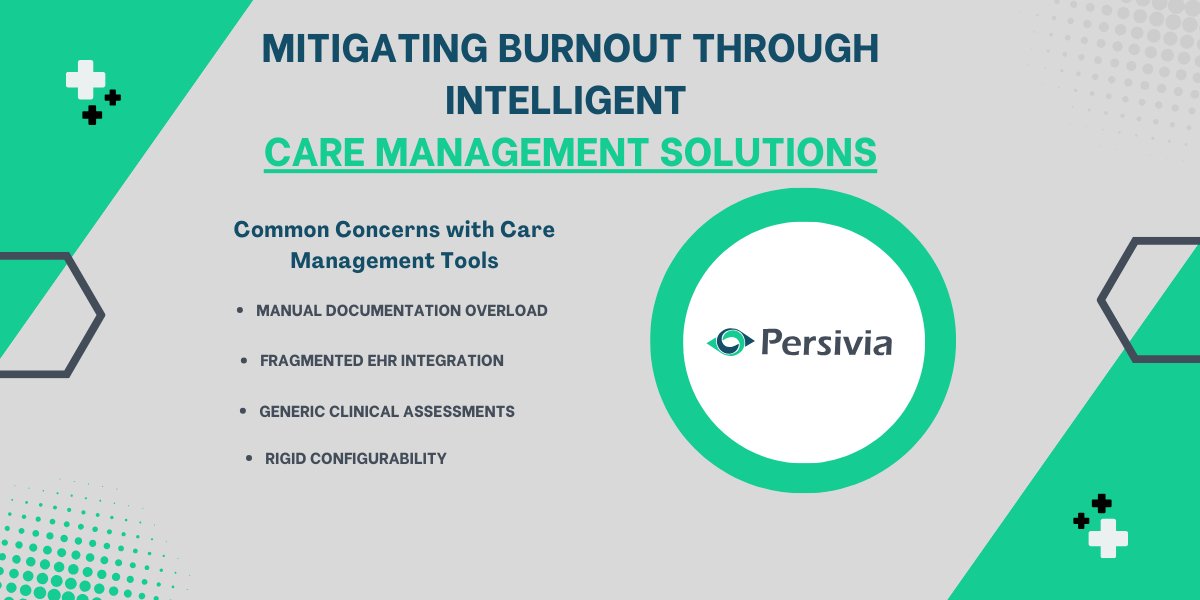
4 Ways Workflow Automation Will Make You More Profitable
Most businesses have switched to digital management tools, but many have yet to implement automation in their business. Automation streamlines critical business processes and eliminates the need to perform certain repetitive, manual tasks.
There are many forms of automation that will benefit your business, but workflow automation is at the top of the list. Here’s how workflow automation can make your business more profitable.
1. Workflow Automation Eliminates Silos In Business Processes
Profitable businesses have all of their gears moving in the same direction. Processes are smooth, efficient, and applications talk to one another.
On the other hand, having silos in your business prevents the automatic flow of information and makes it harder to communicate between applications and departments without manual effort. Silos impact processes across all departments, increase turnaround times, create double work, and can create hostile employees. All of these unwanted effects are profit killers.
One of the best ways to eliminate and prevent process silos is by using an iPaaS – an integration platform-as-a-service. An iPaaS facilitates the flow of information between departments to process and map data, and provide a dashboard where you can view and generate reports. An iPaaS can also be used to connect your cloud-based apps to your desktop apps.
With an iPaaS, team members won’t need to manually import and export data that other departments need to review. This saves time but also makes your entire operation more efficient.
2. Workflow Automation Eliminates Redundant Administrative Tasks
Imagine that each week, your employees all need to add a set of tasks or goals to the company’s project management software application. Now imagine that 9/10 tasks are repetitive tasks that are completed every week. At some point, your employees will get tired of entering these tasks into the system. If they stop entering repetitive tasks into the system, some of those tasks will get skipped.
Adding repeating tasks to a project management application isn’t the only redundant task employees perform on a regular basis. Cumulatively, redundant administrative tasks take up an enormous amount of employee time.
The best way to eliminate redundant tasks is by using software that automates the repetition of those tasks. For example, Asana allows you to create recurring tasks. Employees will only need to create regular tasks once and set them to repeat.
Other administrative tasks, like scheduling appointments, can be automated. There are even software solutions that will automatically create a set of tasks for each project based on pre-set tasks you define. For example, say you have ten things you always do when starting a new project. Once the system knows there’s a new project, those ten things are created as tasks and assigned to the appropriate team members.
3. Automation Supports Standardization
Business profits rely on standardization, although, indirectly. When a business standardizes its processes, it automatically improves quality and consistency. Standardized processes also decrease errors, which increases accuracy and efficiency.
Standardizing processes also helps businesses meet compliance regulations. However, standards alone aren’t enough. Tasks related to compliance need to be automated to eliminate the potential for human error. For example, a software company that takes on clients in a variety of industries will benefit from automating some aspects of project planning. When working with a client in the healthcare industry, automation can generate a list of tasks required to maintain HIPAA compliance while working with the client.
According to data gathered by Oracle, 31% of businesses have already automated at least one business function. The data also reveals that the number of businesses working on automating processes is rising. Each business that automates and standardizes their processes will become more profitable.
4. Automation Increases Visibility
With the right business automation tools, you can increase cross-department visibility. Better visibility allows you to catch potential problems before they snowball. When you can catch issues before they grow, you’ll intercept a host of problems that can affect productivity and output.
Today’s businesses use enterprise resource planning (ERP) software to gain this cross-department visibility. ERP software places all department data into one database so department heads can analyze processes in full. Although department processes are separate, they are also interconnected. ERP software unites these processes in a way that makes their interconnectedness visible to all.
Business Automation Is The Future
The complexities required to meet consumer expectations necessitate a high degree of automation. Sooner than later, businesses that don’t use automation will be left behind. If you haven’t automated your business processes, don’t wait. Start automating and you won’t be disappointed with the results.

Law Firm Management: How Technology is Driving Efficiency

Most Popular Social Networks: Dominating Online Platform







